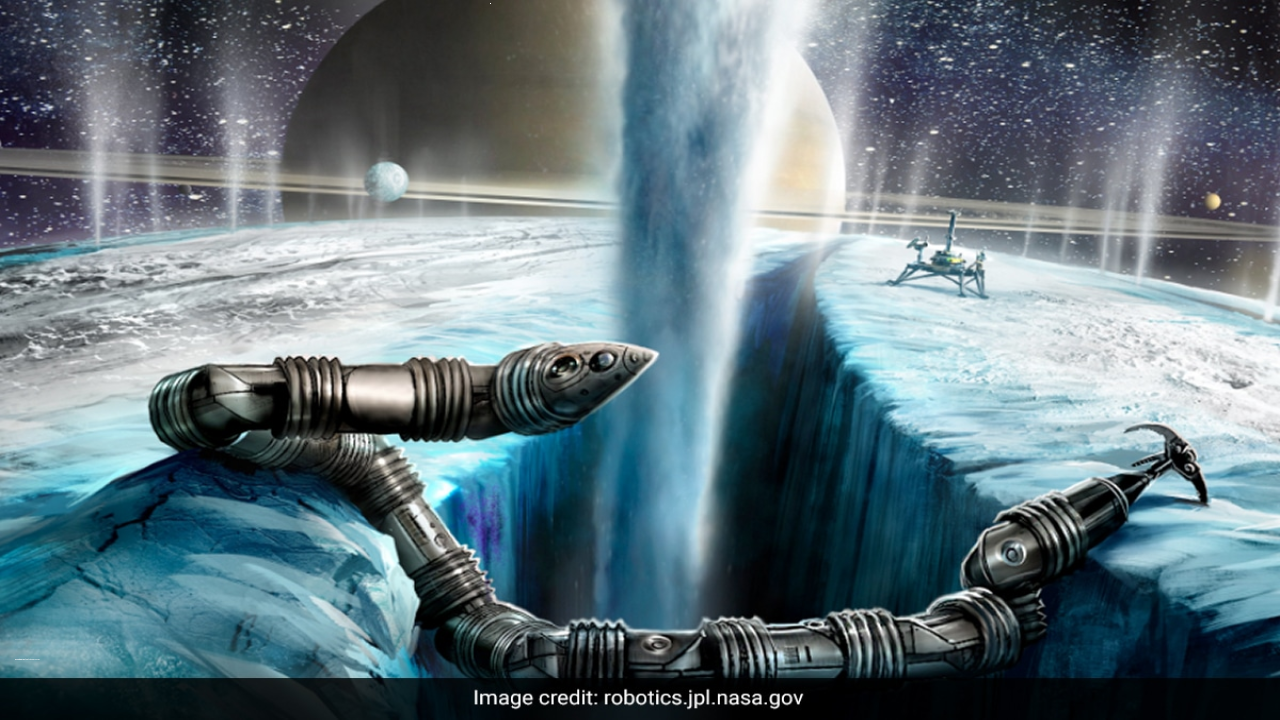Exobiology Extant Life Surveyor
NASA is developing a unique snake-like robot called Exobiology Extant Life Surveyor (EELS) to aid space exploration and potentially discover whether life exists beyond Earth. The robot will examine the icy features of Enceladus, one of Saturn’s moons, and search for evidence of water and life-supporting environments.
Enceladus and the EELS system
Enceladus is the sixth-largest moon of Saturn, and NASA’s Jet Propulsion Laboratory created the EELS system to explore its internal terrain structures, assess habitability, and search for evidence of life. The robot’s adaptable design allows it to traverse various terrains, including ocean-world-inspired terrain, fluidized media, enclosed labyrinthian environments, and liquids.
Unique features of the EELS system
The EELS system is a snake-like, self-propelled robot that consists of identical segments containing actuation, propulsion mechanisms, power, and communication electronics. Its first-of-a-kind rotating propulsion units act as tracks, gripping mechanisms, and propeller units underwater, enabling the robot to access a plume vent exit and follow it to its ocean source.
Potential for deeper exploration
NASA has not yet set a launch date for the EELS project, but if successful, the 16-foot-long robot could lead to deeper exploration of celestial bodies that were once considered unattainable. The EELS system could allow scientists to explore and study these environments in greater detail, potentially leading to new discoveries.
Month: Current Affairs - May, 2023
Category: Science & Technology Current Affairs


